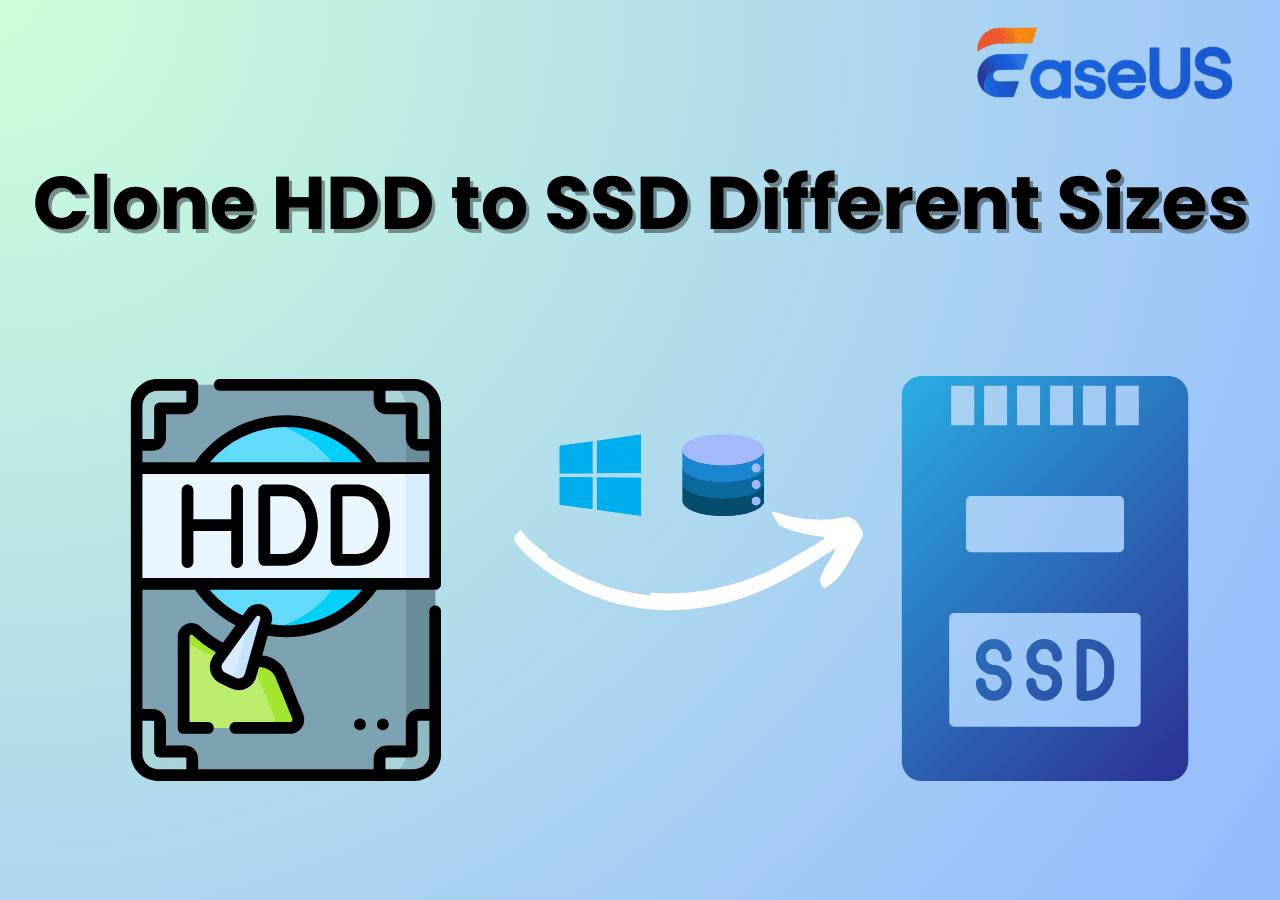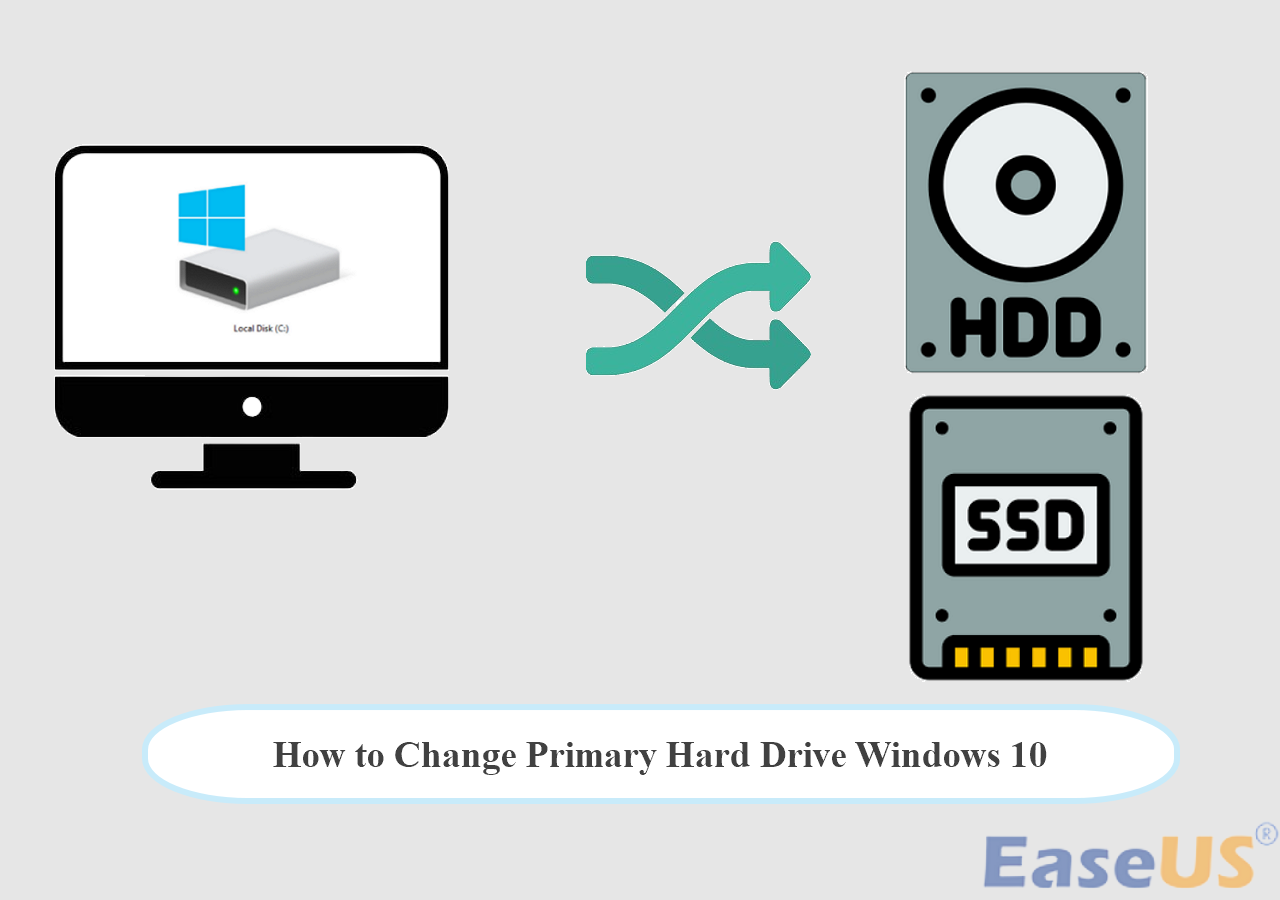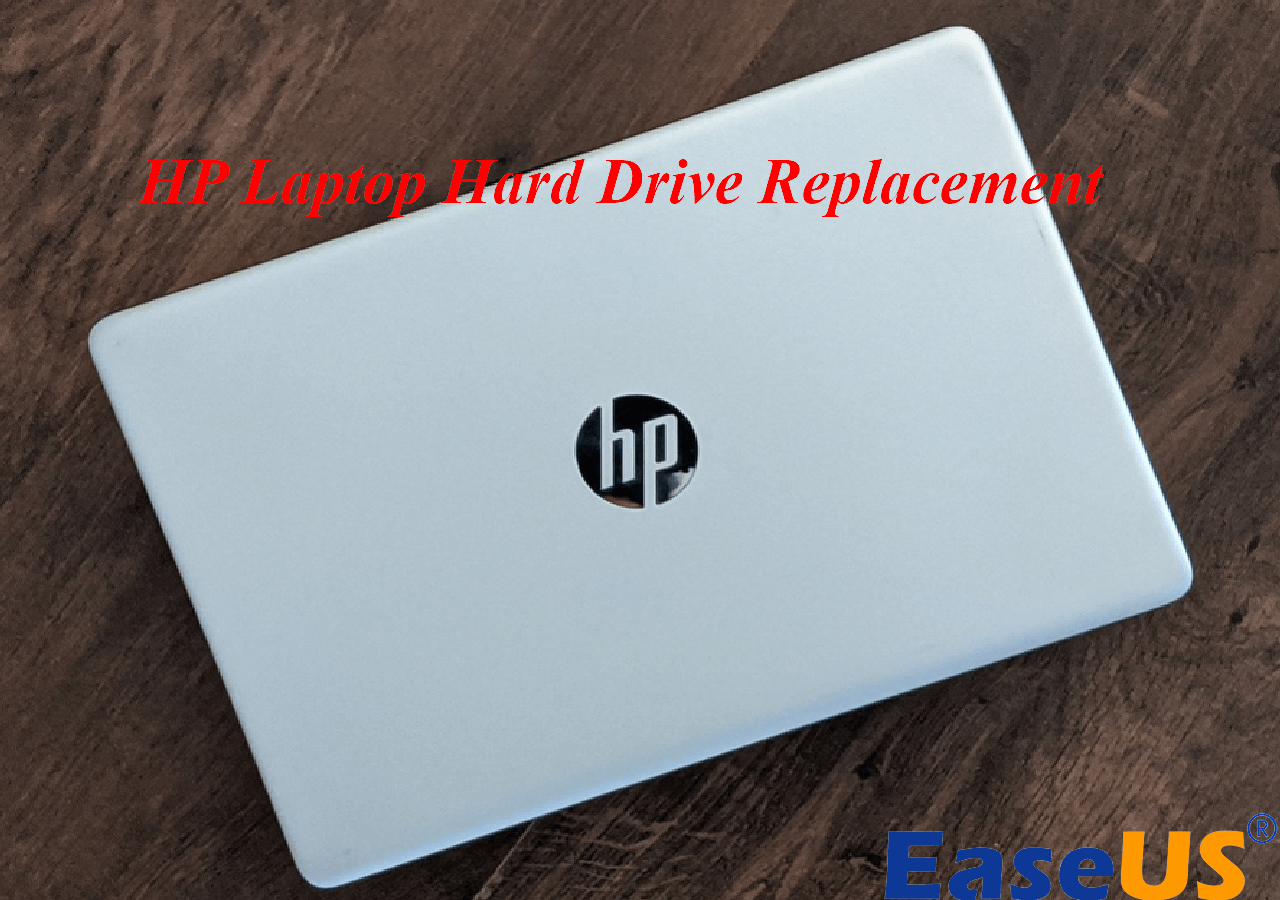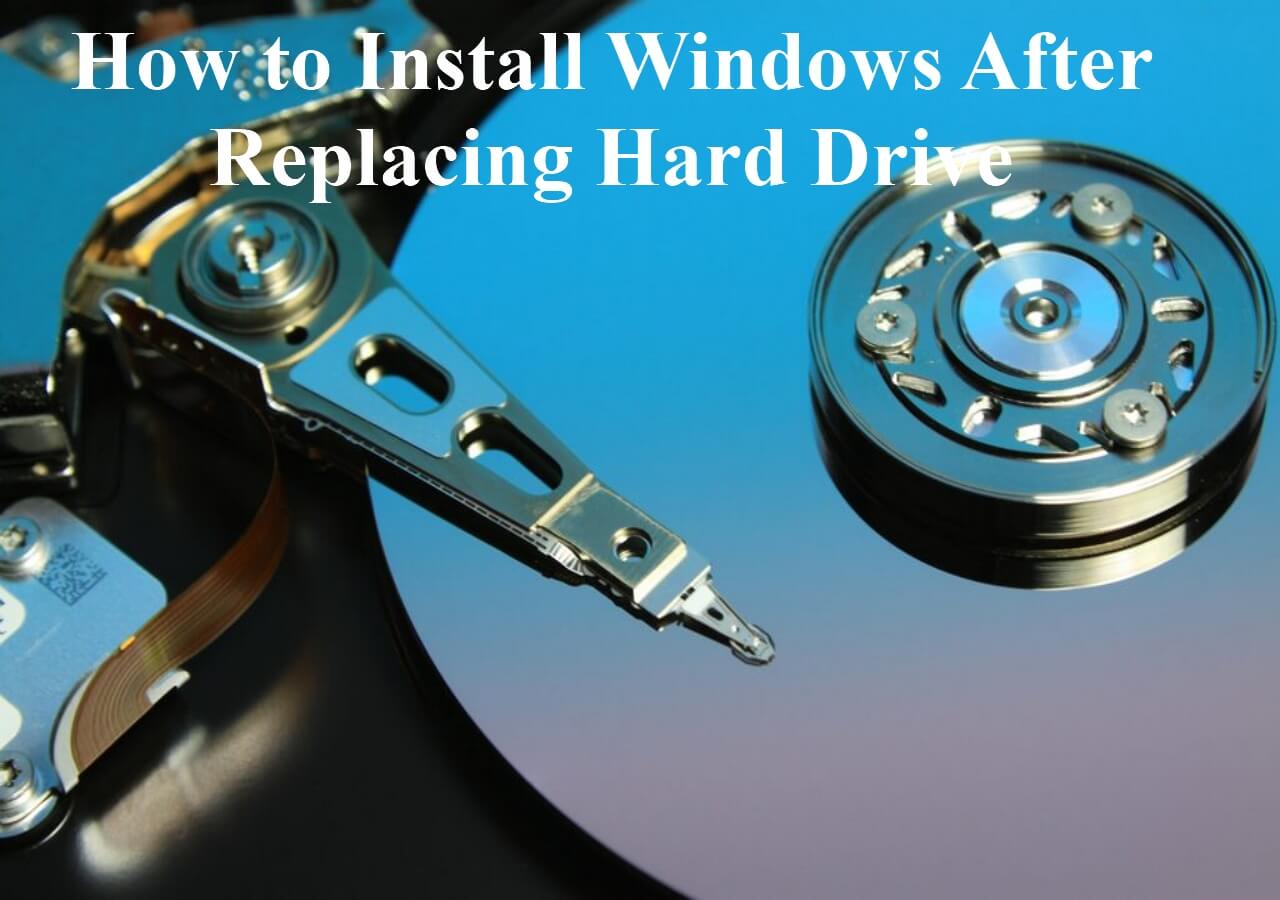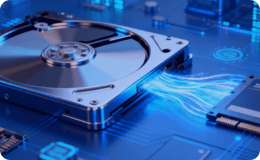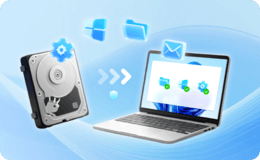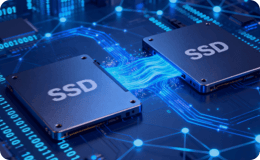Page Table of Contents
"I'm switching from an HDD to an SSD. How do I clone the current drive and move it to the SSD?"
"I use Clonezilla. It's free. Download Clonezilla live from their website, set it up to boot from a thumb drive, and follow the prompts. It doesn't have a super slick interface, however, it works very well. And best of all did I mention it's free."
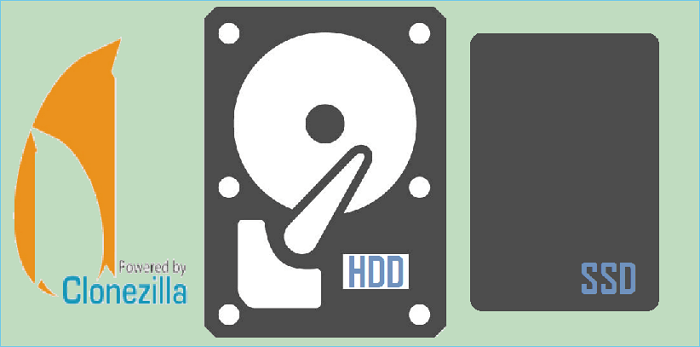
SSD outstrips HDD in terms of many aspects, including:
- Smaller size
- Larger capacity
- Faster read/write speed
- Lower power consumption
- Longer lifespan
These advantages make it increasingly popular for data storage and system installation. If you need to clone your hard drive over to an SSD to enjoy the faster data speeds and storage capacity of newer technology, Clonezilla is an open-source and free disk cloning tool that can clone HDD to SSD. This guide will explain exactly how to use Clonezilla to clone your hard drive onto a new SSD.
- Editor's Recommendation
- Using Clonezilla to clone a hard drive isn't as easy as you may think because it will cover many steps, and you may encounter various issues like Clonezilla failed to clone bad sectors, Clonezilla failed to clone HDD, etc., even if you are an expert.
- If you want to avoid these issues or save your precious time, EaseUS Disk Copy is a better choice compared with Clonezilla, and it ensures a successful HDD to SSD cloning with only three clicks.
- You can skip to the part: Clone HDD to SSD with EaseUS Dick Copy, for the detailed tutorial.
An Overview of Clonezilla & Its Features
Clonezillas is one of the most popular disk imaging and cloning tools that is known for its free and open-source features. It can be used on Windows, macOS, and Linux computers, and it can clone single or multiple drives from one drive to another. It supports various types of hard disks, including HDD, SATA SSD, NVMe SSD, etc.
Clonezilla has two versions: Clonezilla Live and Clonezilla Server Edition(SE). Clonezilla Live is for personal use to clone a single disk, while Clonezilla SE is designed for maas network deployment.
Clonezilla provides various features that make it an effective disk cloning tool, like cloning only used space, being compatible with multiple operating systems, compression cloning, PXE booting, etc.
[Stepwise Guide] Clone HDD to SSD with Clonezilla
Now, let's look at the steps to learn how to use Clonezilla to clone a hard drive to SSD on Windows 11/10/8/7:
- Kind Tip
- Before hard drive cloning, it is suggested to back up those important data in a safe place to avoid data loss during the cloning process. You can use Windows backup software to do it with ease.
Step 1. Create a Clonezilla bootable media (USB or CD/DVD), and connect the SSD to your computer. (The SSD should be larger than the original HDD as for storage.)
Step 2. Boot your computer from the Clonezilla bootable USB, choose "Clonezilla live" when you see a window like the one below, and then press Enter key.
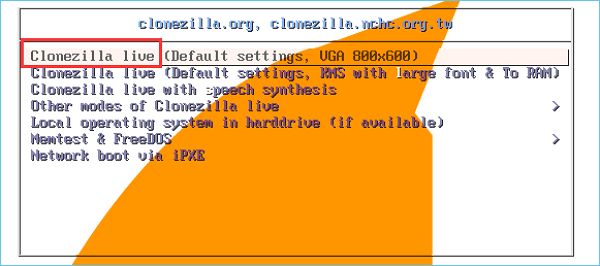
Step 3. Choose a language and keyboard layout that you would like to use.
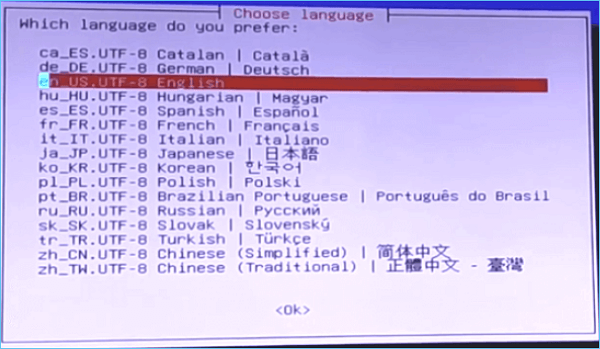
Step 4. Select "Start Clonezilla" and click Enter on the Start Clonezilla windows like this.
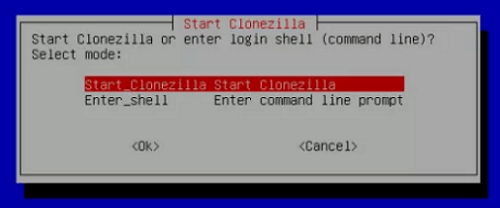
Step 5. Choose the Beginner mode to run the following wizard.

Step 6. Select the "device-device work directly from a disk or partition to a disk or partition" mode, and press Enter.
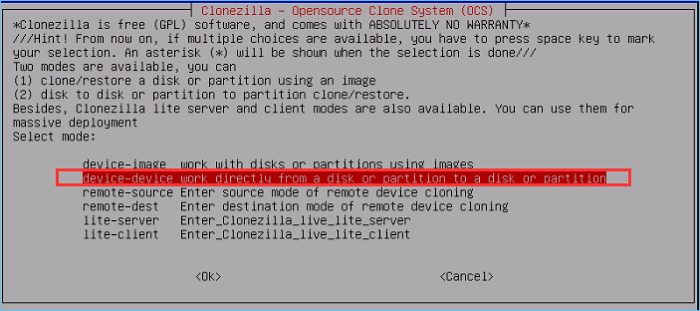
Step 7. Decide an HDD to SSD cloning method: disk_to_local_disk local_disk_to_local_disk_clone, and go on.
Step 8. Select the HDD as the source disk and SSD as the target disk.
Step 9. Pick the "Skip checking/repairing source file system", and then press Enter.

Step 10. Type "Y" after the three times confirmation of your cloning information, and press Enter.
Step 11. Now, Clonezilla will start the cloning process.
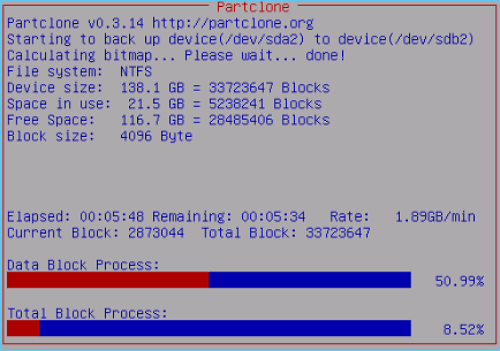
Step 12. Wait for the cloning process to finish, power off your computer, and your hard drive is cloned successfully.
As you can see, the process of cloning HDD to SSD with Clonezilla is complex and requires many steps. You need to make sure to follow each step correctly to finish the process, which is very time-consuming for beginners.
If you want to save time and make the HDD to SSD cloning easier, you can turn to help for Clonezilla alternative, EaseUS Disk Copy. Keep reading, and learn more about it in the next part.
You may be interested:
EaseUS Disk Copy: Clonezilla Alternative for Quicker HDD to SSD Cloning
EaseUS Disk Copy is a more labor-saving HDD to SSD cloning choice compared with Clonezilla, which only requires three simple clicks to complete the cloning process. EaseUS Disk Copy is a powerful and easy-to-use Windows 11/10/8/7 disk cloning and imaging tool with an intuitive interface. It allows you to clone various types of hard drives, including clone HDD to SSD, clone NVMe SSD to NVMe SSD, clone smaller SSD to a larger one, clone NVMe SSD to SATA SSD, etc.
Follow these simple steps to clone HDD to SSD quickly on your Windows computers:
Step 1: In "Disk Mode", select the HDD that you want to clone.
Step 2: Select the SSD as your destination.
Step 3: Edit the disk layout and then click "Proceed" to continue.
As the destination is an SSD, you are suggested to tick "Check the option if the target is SSD".
A warning message tells you that the data on the SSD will be erased. Click "OK" to continue if you do not have important data on the destination disk.
Step 4: Wait for the process to complete.
Sum Up
Cloning a hard drive to SSD with Clonezilla is a good way to upgrade your computer. However, Clonezilla is somewhat complex and time-consuming for beginners. If you are looking for a clone HDD to SSD software that can clone a hard drive quickly and easily, then EaseUS Disk Copy would be the best choice for you. It provides an intuitive interface with only three simple clicks to clone any hard drive to SSD. Try it now and clone your hard drive quickly!
Clone Hard Drive to SSD with Clonezilla FAQs
1. Can I clone HDD to SSD with Clonezilla?
Yes, using Clonezilla to clone HDD to SSD is available, but it will require more steps to complete the cloning process and is very difficult to finish. EaseUS Disk Copy is recommended because it can achieve HDD to SSD cloning with only three simple clicks without losing data.
2. How to migrate Windows 10 from HDD to SSD using Clonezilla?
To migrate Windows 10 operating system from HDD to SSD, you can follow the steps:
- Create a Clonezilla bootable media
- Select clone mode
- Choose the source disk and target disk
- Skip checking/repairing source file system
- Type Y after confirmation of cloning information three times.
3. Can I just clone my HDD to SSD?
Yes, you can just clone your HDD to SSD with a reliable disk clone tool like EaseUS Disk Copy. It provides an intuitive interface and allows you to clone any hard drive to SSD in three clicks without data loss.
4. Can I clone a 1TB HDD to a 2 TB SSD?
Cloning HDD to SSD with different capacities is feasible, but you need to ensure that the target disk is larger than or equal to the source disk. So, cloning a 1 TB HDD to a 2TB SSD is absolutely achievable.
-
Updated by
>Larissa has rich experience in writing technical articles and is now a professional editor at EaseUS. She is good at writing articles about data recovery, disk cloning, disk partitioning, data backup, and other related knowledge. Her detailed and ultimate guides help users find effective solutions to their problems. She is fond of traveling, reading, and riding in her spare time.…Read full bio
EaseUS Disk Copy
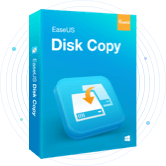
One-Click Disk Clone
Smooth PC Upgrade
EaseUS Disk Copy Resources

Start cloning disk with EaseUS Disk Copy





